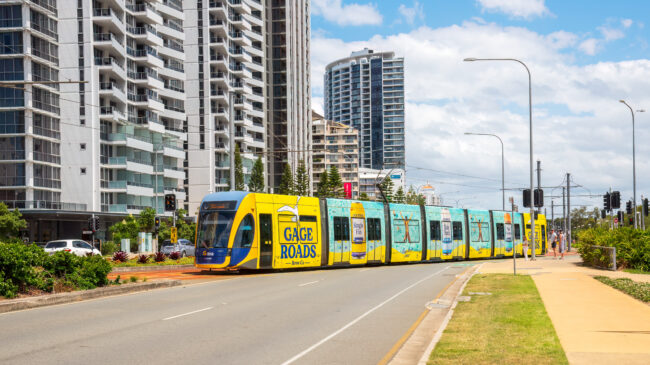Since the late 1980s, governments have privatized many state-owned infrastructure enterprises, including airports, electric utilities, gas utilities, pipelines, railroads, seaports, telecommunication providers, and toll roads. Some of these facilities were sold to investors, in whole or in part (e.g., many European airports). In most other countries, public infrastructure facilities were leased to investors under long-term public-private partnerships.
A growing number of governments are also using such public-private partnerships (P3s) to finance, build, and operate new airports or airport terminals, electricity facilities, seaports, and toll roads. The sale or lease of an existing facility is called a “brownfield” transaction (in part because significant refurbishment may be needed). By contrast, P3s for brand-new facilities are referred to as “greenfield” transactions.
In the United States, a significant amount of infrastructure is owned and operated by the private sector, including most U.S. energy production and distribution, electric and gas utilities, and a fraction of water and wastewater utilities. These assets may be held through publicly traded corporations or (in the case of energy) master limited partnerships, or they may be owned directly by private investors.
In transportation, however, nearly all U.S. airports, seaports, and toll roads are government-owned enterprises, generally by either state or local governments. Both brownfield and greenfield infrastructure projects require long-term financing.
In the public sector, such facilities are often financed 100% by government bonds, which in the United States are tax-exempt. When the private sector invests in infrastructure, it typically invests equity to cover part of the cost and finances the rest via either bank loans or long-term borrowing, such as revenue bonds.
These large financing needs have led to the development and growth of infrastructure investment funds, most of which raise equity to invest in privately owned or P3 infrastructure. Public pension funds, seeking to increase their overall return on investments, are also making significant equity investments in revenue-generating infrastructure. Likewise, insurance companies and sovereign wealth funds are investing equity in private or privatized infrastructure.
Inframation reports that in 2022 investors put $148.75 billion in new money into infrastructure investment funds.1 Pension funds continued to increase their investment in infrastructure, in most cases by placing a specific allocation with one or more of the infrastructure funds, but a handful of large pension funds have built professional staffs that enable them to make direct investments in individual facilities.
This report reviews 2022 developments in the infrastructure investment fund world, focusing on transportation infrastructure. While the scope of the report is global, it pays particular attention to U.S. developments in P3 infrastructure and the growth of U.S. pension fund investing in this field.
Part 2 reviews the continuing growth and scope of infrastructure investment funds worldwide.
Part 3 then provides an update on the largest companies and major P3 projects underway globally and in the United States.
Finally, Part 4 reviews pension funds’ increasing investment in revenue-generating infrastructure.

